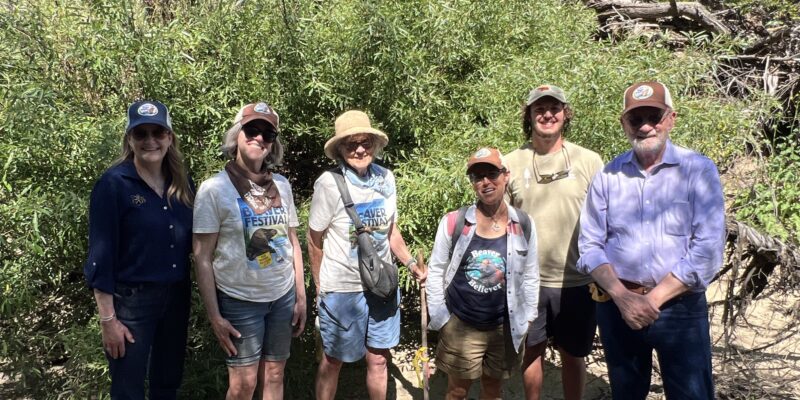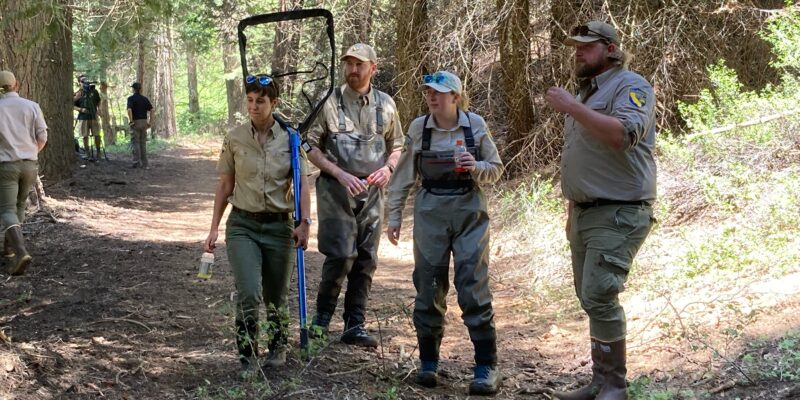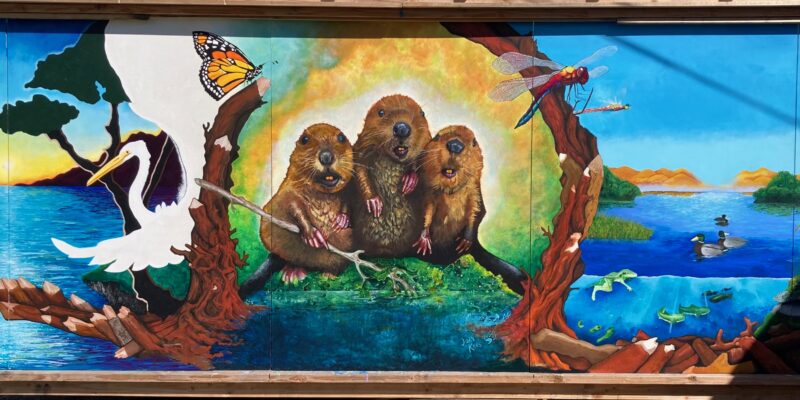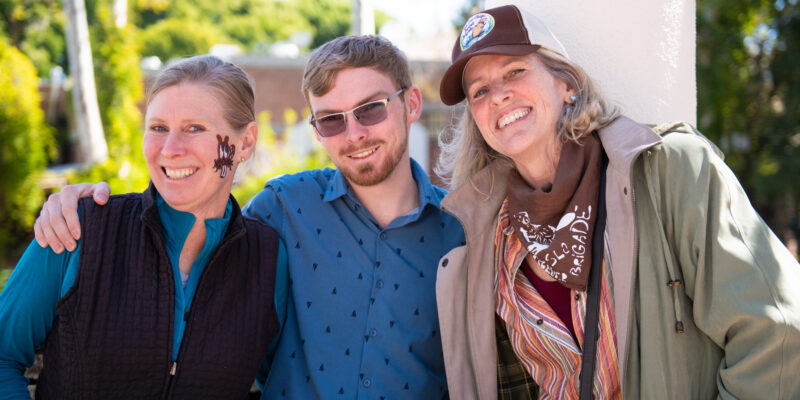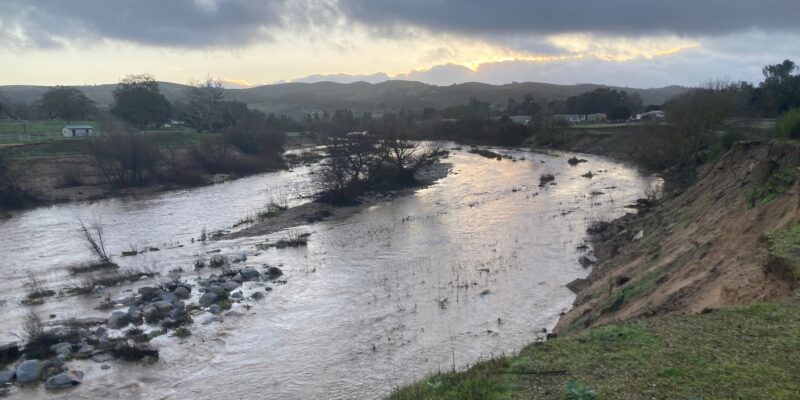Opening our hearts to water is one of the most important acts we can do in climate regeneration, as water is connected to everything we do. In fact, we ARE water, quite literally. When we bring our attention as a community to water, and deeply honor its significance, not just as a resource, but as […]
Beavers Returned to Tule River Tribal Lands
On June 12th, the Tule River Tribe welcomed a family of seven beavers back to their homelands on the South Fork Tule River watershed in the Tule River Indian Reservation. In partnership with the California Department of Fish and Wildlife (CDFW), this was the second beaver relocation in the State of California in almost 75 […]
Beaver Mural at Charles Paddock Zoo
Beavers and their critical role in ecosystems and culture took center stage on April 20 at the Charles Paddock Zoo in Atascadero with the unveiling of a mural crafted by Chumash artist John Khus. This mural has been made possible through the California Coastal Commission WHALE TAIL® grants program and the San Luis Obispo Beaver […]
Bringing Beavers Back to Coastal California
Please join us on Saturday May 18th from 10:30-3 for this hybrid event, hosted by the Cal Poly Initiative for Climate Leadership and Resilience, with nonprofit partners SLO Beaver Brigade and the Morro Bay Open Space Alliance. Register today, as there is a capacity of 130! Event Description This hybrid in-person and online seminar will […]
Volunteer at this year’s SLO County Beaver Festival
March 23rd, 2024, SLO Mission Plaza. Photo by Brittany App. Volunteer a few hours or the whole day with set up or cleanup, distributing festival pamphlets, assisting with children’s activities and more! Let’s have fun spreading the word about nature’s best engineer: the beaver! Fill out this form to let us know you are interested […]
SLO Beaver Brigade becomes a hub for Drinkable Rivers
In February, 2024, the SLO Beaver Brigade became a hub for Drinkable Rivers. From the Drinkable Rivers Website: Our Story: In 2005 Li An Phoa canoed the full length of a river in Canada, the Rupert. All along the way, she could drink water straight from the river. Three years later, Li An came back and […]
